Most people are familiar with ultrasounds. They’re a common medical procedure where a doctor can see inside a patient without hurting them. The best-known examples are prenatal ultrasound appointments during pregnancy, where a doctor checks in on the health of an expected child.
More info: p3america.com
What you might find interesting is that ultrasound (or ultrasonic) technology lends itself to countless applications outside of the medical field.
Image credits: www.pexels.com
In the case of medical imaging, a doctor moves the transducer around an area of the body. This applies the sound waves to a targeted area, and by moving a little bit, it creates sound wave contrasts that the imaging computer uses for measurements.
As a result, you get an image that can see things inside the patient’s body — whether you’re imaging a developing baby or a kidney stone.
Here’s where the technology gets fun. The transducers and receivers are not terribly expensive. More to the point, the same basic technology can be applied to all sorts of devices and situations.
That means you can find ultrasonic sensors in a lot more places than hospitals and clinics. They’re actually everywhere, and we can have a little fun exploring some applications you may have never expected.
5 Unexpected Devices That Use Ultrasonic Sensors
Image credits: www.pexels.com
Car Washes
Automated car washes work in two ways. Either you park and a bunch of cleaning tools take turns doing their work, or you get on a track that pulls you through a sequence of cleaning steps.
In either case, the tools need to locate your vehicle in order to clean it. Everything from spraying hoses to brushes has to target the car.
You might assume that weight sensors or identifiers on the track can manage such tracking, but vehicles come in a lot of shapes and sizes, and a single car wash can handle it all.
Ultrasonic sensors perform the heavy lifting. They identify the full shape of your vehicle and can even track its position within the car wash. The automated cleaning tools simply aim according to the ultrasonic image, and as long as your vehicle fits in the car wash, it gets cleaned.
Image credits: pixabay.com
Liquid Storage Tanks
Imagine a manufacturing plant that creates liquid cleaners. The solution is probably made in huge batches and stored in comparably huge tanks that then distribute the liquid into single-use, sellable containers (like a spray bottle).
It would seem important to keep track of when the main tank gets low, right? Well, ultrasonic sensors make that easy. They can produce an image of the liquid inside the tank from an external location. This means the sensors aren’t exposed to damaging liquids. It also means they pose no risk of contaminating the liquid.
Better yet, this principle applies to any liquid storage. Your city water utility likely uses ultrasonic sensors to keep track of clean water supplies. It also works with wastewater management. In fact, any liquid storage application can use the same technique and the same sensors.
Image credits: www.pexels.com
People Counters
On a completely different note, ultrasonic imaging can count people. That sounds weird in a vacuum, but imagine a crowded area — maybe an airport or a university campus.
You may want to keep track of how many people are in an area or pass through a specific spot every hour. The easiest way to do this is with ultrasonic people counters.
It’s still the same technology. Ultrasonic resonance maps solid objects. In this case, the objects happen to be people, and the imager, combined with a computer program, can count the people in an observable area.
This could help you maintain fire code in a common area. It can count attendance at a football stadium. It can help you manage foot traffic through an airport terminal.
Image credits: www.pexels.com
Car Safety Features
It can also help a car identify a pedestrian and prevent a collision. If an imager can identify a human body (or a car), then it’s no wonder this technology drives a lot of automated safety features.
Adaptive cruise control can safely follow the vehicle in front of you on the highway. Ultrasonic sensors identify the lead vehicle and constantly measure the distance to it. If you get too close, the sensors tell the vehicle to slow down. If you drift too far behind, your car goes faster.
The same principles help with autonomous braking. The sensors see an obstacle in your path. They measure the distance between your car and the car in front of you so that if you’re closing the distance way too fast, the car can apply the brakes.
Trash Cans & Systems
Possibly saving the best for last, smart trash cans are a thing, and they often rely on ultrasonic sensors.
At this point, it’s clear that ultrasonic imaging can track how full a trash bin gets in real-time. When the bin gets full enough, a signal alerts a trash collector to empty the bin.
This makes trash management more cost-effective and efficient for large bins with irregular use patterns.
What Did We Learn?
Ultrasonic imaging runs on a simple concept. The sensors are relatively cheap and easy to use. As a result, they’re everywhere. If you need a computer to “see” an object for any reason, ultrasonic sensors just might provide the best mechanism.
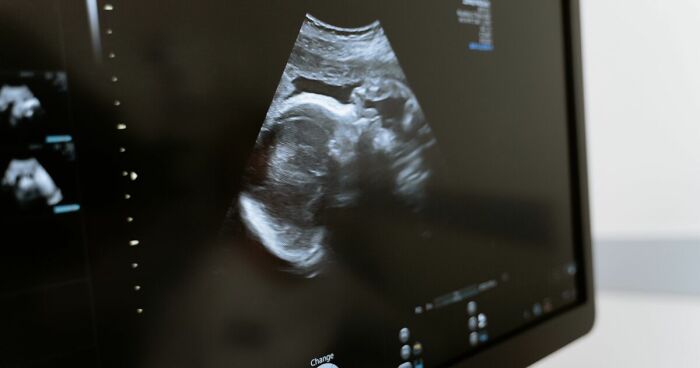
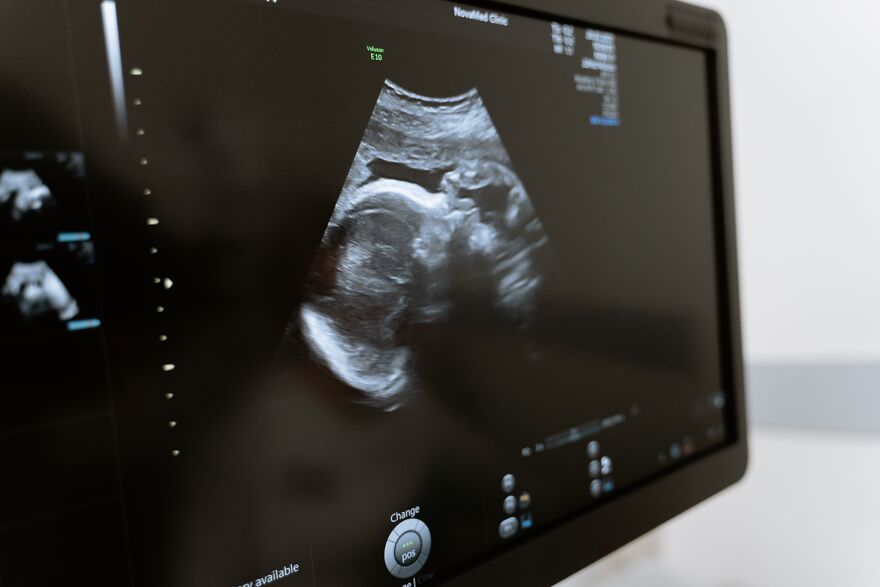
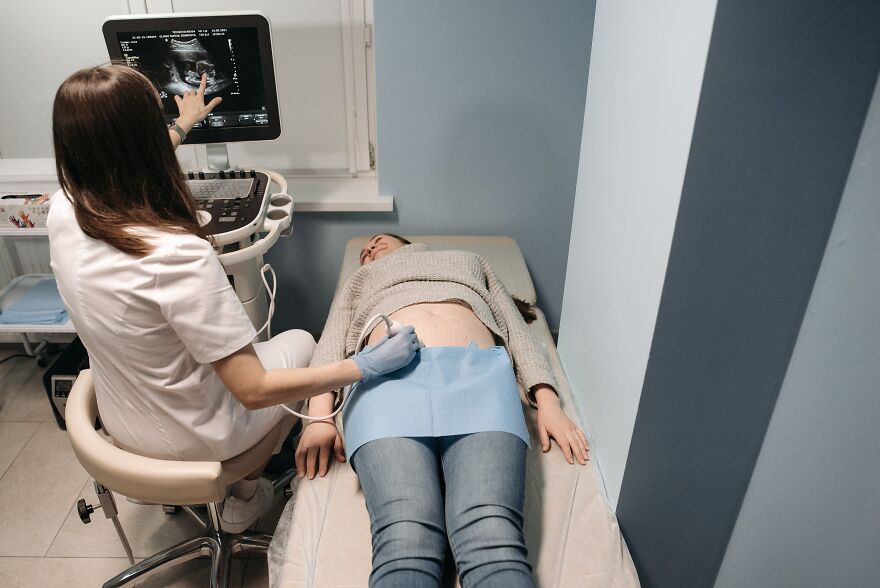
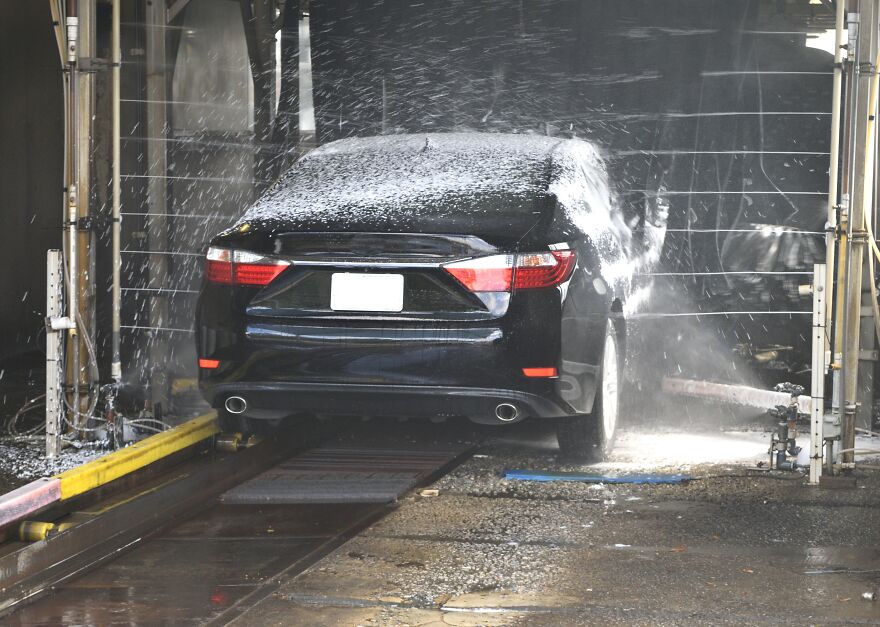
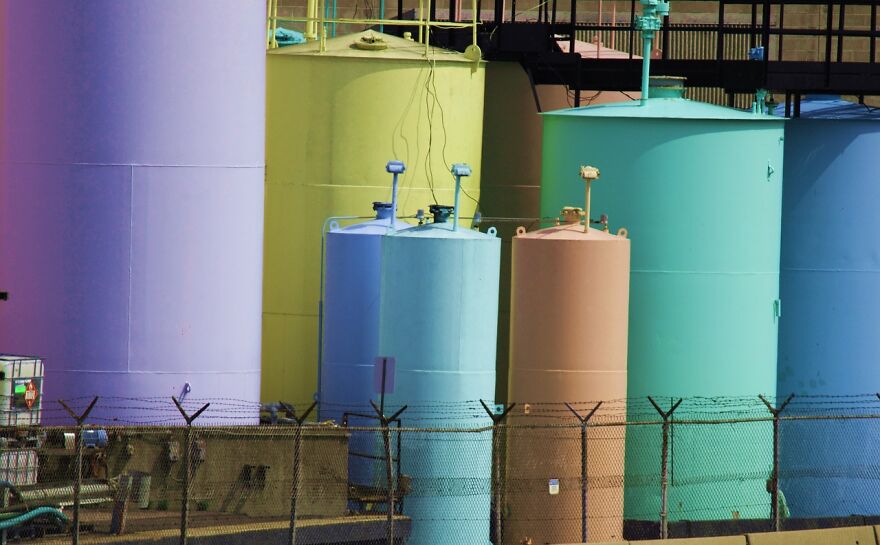







0
0